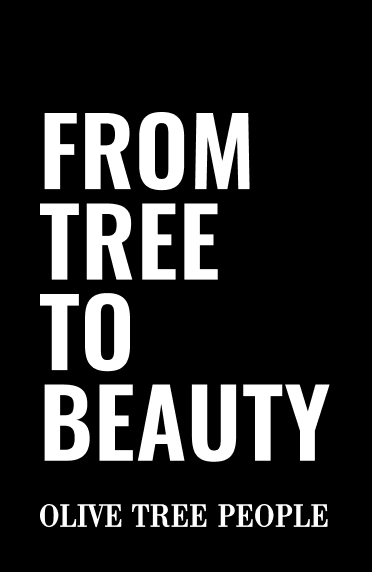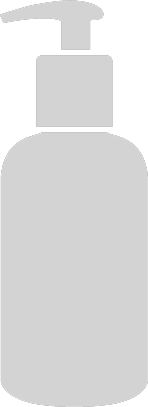What do we stand for?
INGREDIENT SAFETY EU COSMETICS.
Let’s take a deep dive into EU cosmetic regulation in 2023.
This is a very important conversation because informed American consumer reads their labels. Many do this because they are aware that the FDA in the USA only restricts a few ingredients (33) from cosmetic formulations and has no standards in place for the term fragrance which is used as a loophole to avoid customer disclosure of potentially toxic ingredients and potential allergens. This is not the case in Europe and this is an important distinction between us and American made cosmetic products and something we need to understand completely when presenting our products.
OLIVE TREE PEOPLE products are formulated, manufactured, and sold in Europe meaning that they must undergo the EU cosmetic regulation processes for approval. They must also abide by European Safety Standards for Cosmetics.
Europe has strict safety standards outlawing 4041 ingredients (ANNEX II) as of 2023 from their cosmetic formulations. They also apply maximum concentration requirements for 661 ingredients (ANNEX III) even essential oils. The most exciting thing about the EU Cosmetic Regulation is that these safety standards and ingredient regulations apply to all ingredients including those found under the term fragrance, aroma, and perfume in European products. In Europe as opposed to the USA products must subscribe to these sets of standards set forth by the Cosmetic Products Regulation under the EUCLEF - ECHA and disclose a full report of ingredients including fragrance composition to the EUCLEF - ECHA.
Any cosmetic product placed on the EU market must comply with the provisions of EU Regulation 1223/2009 (the Cosmetics Regulation),2 which includes ingredients used in fragrances.
This means that 0 ingredients found under ANNEX II (4041 banned ingredients) may not be used in the formulation and that includes “fragrance, aroma, or perfume.” This also means any ingredients of ANNEX III (the 661 regulated substances with a maximum concentration limit) must be listed on the packaging separately and cannot fall under the term “Parfum, Aroma, or Fragrance” on the label even if that ingredient is a part of the composition of the scent itself.
For example: fragrance is considered a trade secret in both the US and EU allowing the brand to have uniqueness against its competitors. However, there is a HUGE distinguishable difference between the EU EUCLEF and the USA's FDA as it pertains to fragrance. In the United States where you see "fragrance, perfume, or aroma" the brand is not required to disclose those ingredients to consumers OR to the regulatory agency The FDA. There are no safety assessments performed and no submission for approval required to be distributed to consumers. In the United States there is no one who knows the contents of the fragrance formulation other than the manufacturer and formulator. In Europe all ingredients including those found in "fragrance. aroma, or parfume" must abide by both ANNEX II (banned ingredients) and ANNEX III (regulated ingredients) and all ingredients found in the formulation including the ingredients comprising the "fragrance, aroma, or parfume" must abide by those standards, be listed in full, submitted for a Safety Assessment, and then submitted for approval by the EUCLEF- ECHA.

























